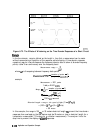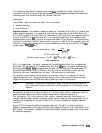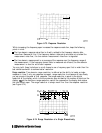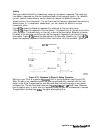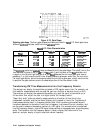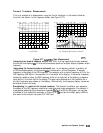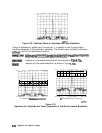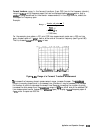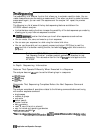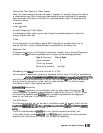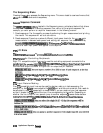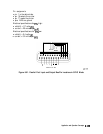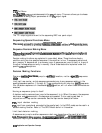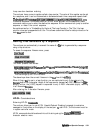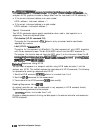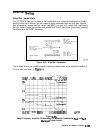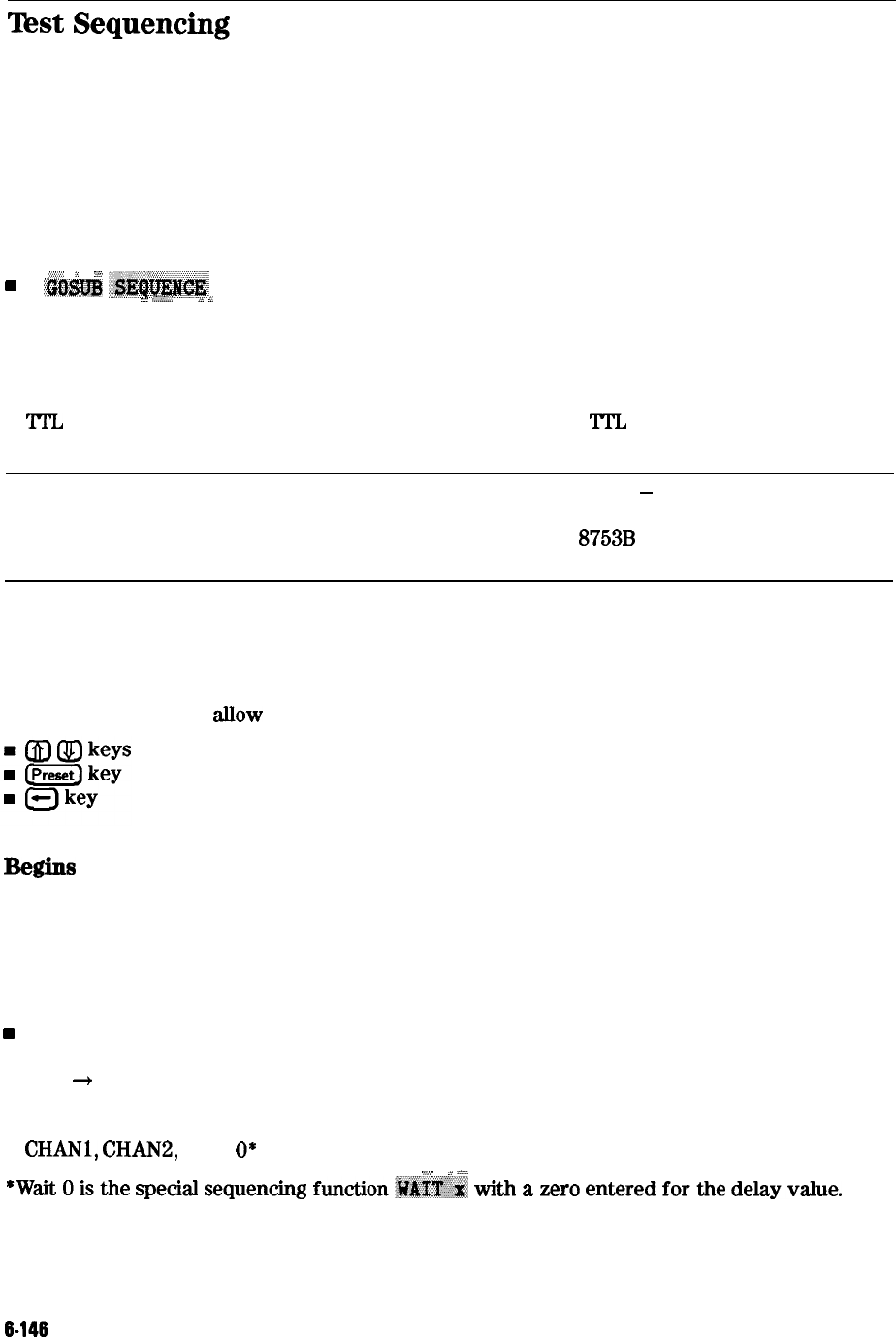
Wst
Sequencing
Test sequencing is an analyzer function that allows you to automate repetitive tasks. You can
create a sequence as you are making a measurement. Then when you want to make that same
measurement again, you can recall the sequence and the analyzer will repeat the previous
keystrokes.
The following is a list of some of the key test sequencing features available on the
HP 8753E network analyzer:
n
Limited decision-making functions increase the versatility of the test sequences you create by
allowing you to jump from one sequence to another.
,,.:;
:.,
. . .
:,.:,.
. . . .
/
w
A
T#&SUI$
;~~~~~~~~~
function that allows you to call other sequences as sub-routines.
;
.:.c:
;:.:.:...:
. .
..A
<.
n
You can create, title, save, and execute up to six sequences.
n
You can save your sequences to a disk using the internal disk drive.
n
You can use the parallel port as a general purpose input/output (GPIO) bus to read five
‘ITL
input bits in a decision making function, and send eight ITL output bits to control a
peripheral.
Note
Product note 8753-3 “RF Component Measurements
-
Applications of the
Test Sequence Function” provides practical applications examples for test
sequencing. This note was written for the HP
8753B
but also applies to the
HP 8753E.
In-Depth Sequencing Information
Features That Operate Differently When Executed In a Sequence
The analyzer does not
aRow
you to use the following keys in a sequence:
Commands That Sequencing Completes Before the Next Sequence Command
B&U3
The analyzer completes all operations related to the following commands before continuing
with another sequence command:
n
single sweep
n
number of groups
n
auto scale
w
marker search
n
marker function
n
data
+
memory
n
recall or save (internal or external)
n
copy list values and operating parameters
n
CHANl,
CHANB,
Wait
O*
. . . . . . . .
. . . . . . . . . .
.f.......
. . . . . . . . .
:..
.
...:./
*W&()&the
special
sequencing
function~~~~~~
with
azro
entered
fort&
&layv&e.
6-146 Application and Operation Concepts



